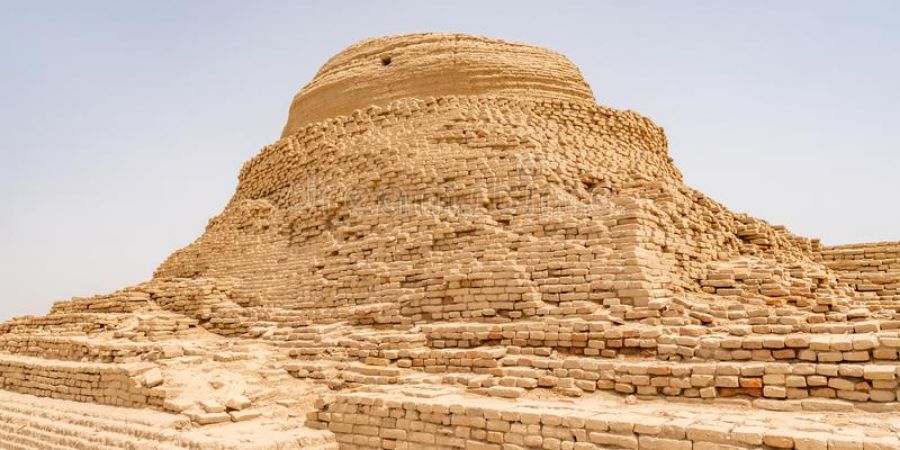History
Writing
Knowledge Sharing
Discovery Of A Lost City Harappa:
Discovery Of A Lost City Harappa:
- Charles Masson [British East Indian Company Soldier] described the ruins of Harappa in his book for the first time. He wrote that he saw a "ruined bricks castle with very high wall and tower on a hill". ( North-West Frontier Province which is now in Pakistan) - eastern historical record of the existence oh Harappa.
- Without understanding their [burnt bricks] significance, the British Engineers used that to laid railway line connecting Lahore to Karachi.
- In 1920's archaeologists began to excavate the cities of Harappa and Mohenjo-Daro. The under earthed remains of these long- forgotten cities. In 1924 the director general of ASI, Sir John Marshall found many common features between Harappa and Mohenjo-Dora.
- Harappa - Mohenjo-Daro slight difference in earthware, they conclude that Harappa was older than Mohenjo-Daro
- Archeological Survey of India was started in 1861 with Alexander Cunningham as surveyor. ASI headquarters New Delhi.
Time span of Indus Civilization:
- Period : Bronze Age
- Time : 3300 - 1900 BC[BCE] determined by using Radio Carbon
- Dating Method
- Area : 13 lakhs sq.km
- Cities: 6 cities
- Village more than 200
Harappan Civilization -Urban civilization:
- well conceived town planning
- Astonishing masonry and architecture
- Priority for hygiene and public health
- Standardized weighs and measures
- Solid agricultural and artisanal base
Unique Features of Harappa Civilization
Harappan City had two plans
1.Upper town
2.Lower town
The upper town were located at the West part of the region. This was widely used by administrators. This place were higher level in land compared to lower town. It contains great bath and granaries. It is also known as citadel.
The lower town were located at the East part of the region. This place were occupied by common people. This land were in lower lever compared to higher town but it was very larger in size.
The Great Granary (Harappa):
- The granary was massive building with solid brick foundation.
- Granary used to store grains.
- The remains of wheat, barley, millets, sesame and pulses have been found there.
- A granary with wall made up of mud bricks, which are still in a good condition has been discovered in Rakhigarhi, a village of Haryana belonging to matured Harappan phase.
Assembly Hall:
- The assembly hall was another huge public building at Mohenjo-Dore.
- Multi- pillared hall [20 pillars in 4 rows to support the roof] with thick walls.
- It was used by the rulers to carry out ceremonial and administrative duties.


